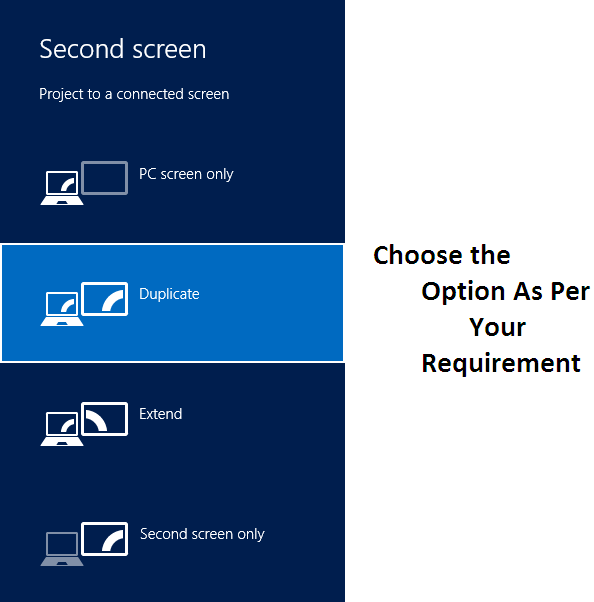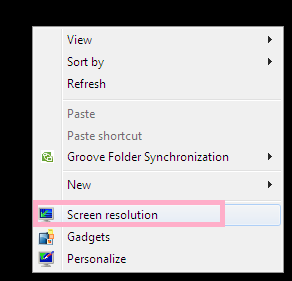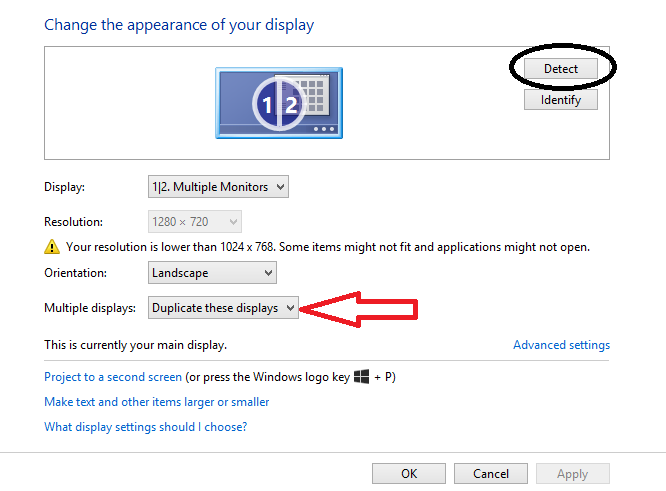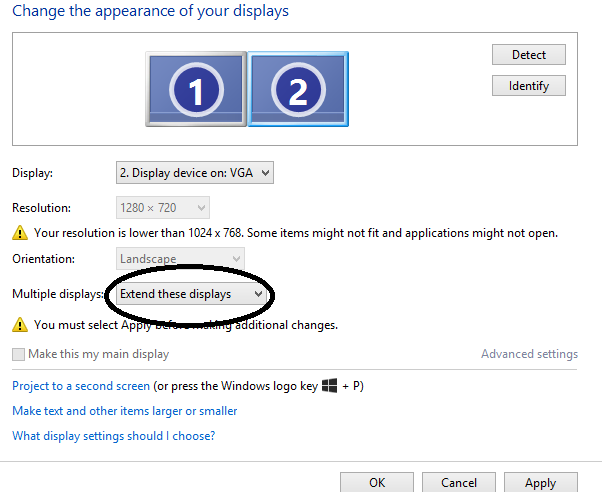If you have more than one monitor, or a laptop or projector attached, then, you can configure them to either duplicate the screen on multiple monitors or extend the desktop so you can have different applications for each. By the help of Windows you can make multiple monitors work together at most three at a push. However, two combo is great for several applications visible at one, while trio combo is great for gaming purpose.
Here we are using Windows 7, which is almost identical to Windows 8 and 8.1.
How to duplicate screen on multiple monitors
When you first connect a second monitor, Windows should detect it and automatically duplicate the screen on both displays. No matter, you have a PC with two monitors or a laptop with a screen or projector attached.
If you don’t see an image on the second screen, then you can use function key. The steps are after joining and if Windows do not detect.
Step 1: Press Fn key and F5 (if not working) or alternatively use Windows Key + P at the same time.
Step 2: By pressing these keys you will toggle through various configurations: laptop display only, laptop + external screen, external screen only.

How-to-duplicate-monitor
Step 3: If still have no image, go to the Windows desktop, right click and choose screen resolution.

Screen-Resolution
Step 4: If you see only one screen in the drop-down Display list, try clicking the Detect button to force Windows to scan for the second screen.
Step 5: If it has detected it, you can use the other options in this window to choose how Windows deals with multiple monitors. However, you want to duplicate the screens and have the same image on both, make sure ‘Duplicate these displays’ is selected in the Multiple displays drop-down menu.

Duplicate-these-displays
[Note that duplicating displays is often a compromise if the screens have different resolutions or aspect ratios. For example, if you hook up a 1024×768 projector to a laptop with a1366x768 screen, both will run at 1024×768, and you’ll end up with black bars on the left and right on your laptop screen.]
How to extend the desktop across multiple monitors
Now if suppose that you are not using a projector, then you probably want to extend the display, then use ‘Extend these displays’ instead of ‘Duplicate these displays’.

Extend-these-displays
You can select a monitor in the diagram at the top and drag it to the position it’s in on your desk. Here we’ve put the second monitor on the left of the laptop because it defaults to the right. You can move the smaller screen up and down, too. This affects where your mouse cursor can cross the screens.
You’ll also notice you can select different resolutions for each screen, but you have to select each screen in turn. Only one of the monitors can be your main monitor. In Windows 7, that means it will be the only monitor with a task bar and start button. In Windows 8.1, you get those on all screens, but only the notification area and clock on the main screen.
